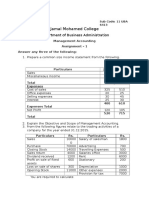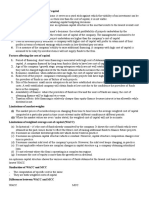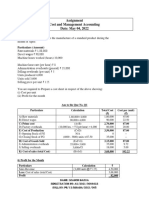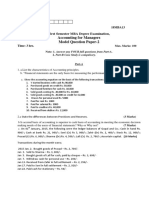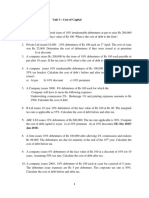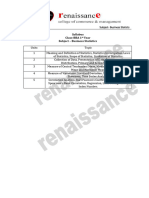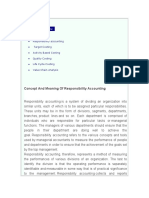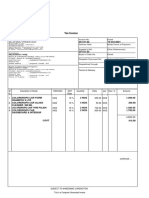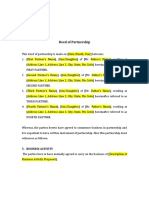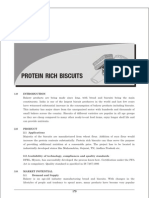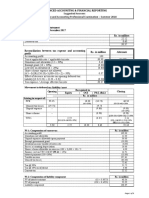0% found this document useful (0 votes)
933 views9 pagesLecture Notes On Receivable Management
The document provides an overview of receivables management. It discusses how trade credit arises when firms sell products on credit and create receivables. The objective of receivables management is to manage receivables efficiently so the benefits of extending credit exceed the costs. Costs include financing costs during the credit period, administrative costs to manage receivables, collection costs, and costs of defaults. Receivables management considers credit policies, evaluation of customers, granting credit, and monitoring receivables.
Uploaded by
ritika rustagiCopyright
© © All Rights Reserved
We take content rights seriously. If you suspect this is your content, claim it here.
Available Formats
Download as PDF, TXT or read online on Scribd
0% found this document useful (0 votes)
933 views9 pagesLecture Notes On Receivable Management
The document provides an overview of receivables management. It discusses how trade credit arises when firms sell products on credit and create receivables. The objective of receivables management is to manage receivables efficiently so the benefits of extending credit exceed the costs. Costs include financing costs during the credit period, administrative costs to manage receivables, collection costs, and costs of defaults. Receivables management considers credit policies, evaluation of customers, granting credit, and monitoring receivables.
Uploaded by
ritika rustagiCopyright
© © All Rights Reserved
We take content rights seriously. If you suspect this is your content, claim it here.
Available Formats
Download as PDF, TXT or read online on Scribd
/ 9



